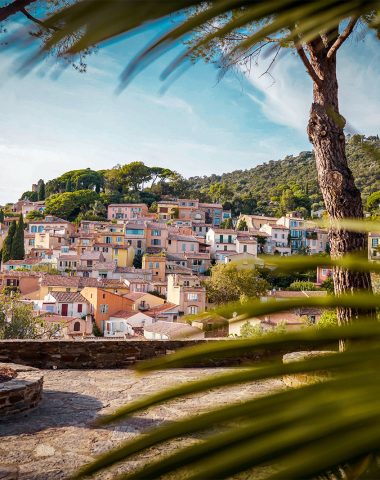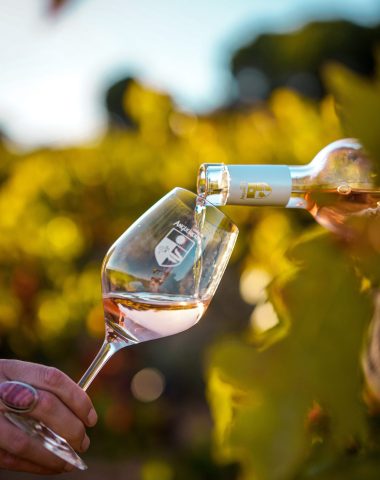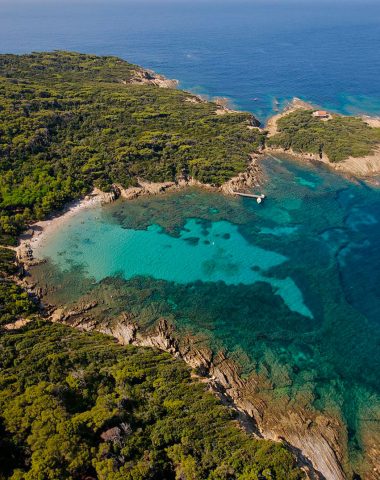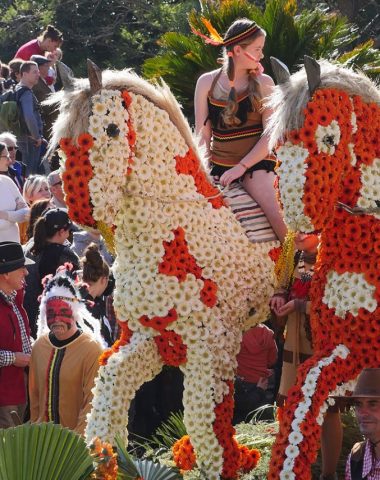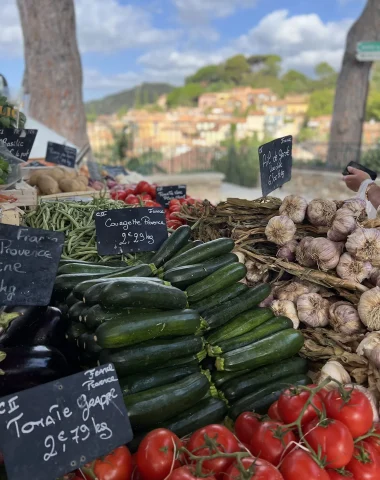Embark on a captivating journey along the Chemin des Sages, a project born from a visionary gathering of the Conseil des Sages, composed of wise individuals aged 60 and above, carefully chosen by local councilors for their wealth of experience. Inspired by the core principles of our Republican motto “Liberté, Égalité, Fraternité,” the council sought to breathe life into these ideals in the town of Bormes.
The Concept Takes Flight
A groundbreaking idea emerged during the council’s meeting—to adorn the town with phrases from renowned men and women, celebrated worldwide for their wisdom and humanism. The goal was to ignite the conscience of both passers-by and tourists, fostering a deeper connection with these universal values. To gain the support of the Mayor and the Council, the decision was made to integrate this pathway with the installation of historical plaques on the town’s iconic monuments. The members of the Conseil des Sages then meticulously designed the route through the medieval village and dedicated themselves to creating the perfect support, texts, images, and symbols for these plaques.

The butterfly, symbolizing joy, beauty, grace, and lightness of being, was chosen as the emblem of the project. Its transformative journey mirrors the essence of personal growth and rebirth. Just like the butterfly, we too experience different stages in life—a profound metamorphosis that allows us to release our past and embrace the beauty of who we’ve become. Symbolizing wisdom, the butterfly becomes a boundless source of inspiration. Beneath its delicate exterior lies an unwavering strength. Despite its ephemeral lifespan of a few days or weeks, the butterfly brings joy and exuberance through its graceful flight, fully savoring every moment that nature presents. Let us, like the butterfly, fearlessly embrace the experiences life offers us, both good and bad, knowing that they are fleeting. After all, our past experiences provide the best preparation for the future, allowing us to tread life’s paths with serenity
Biography of Gibran Khalil Gibran
A lucid and poetic spiritual guide.
Gibran Khalil, a gifted Lebanese poet and painter, graced the world with his presence on January 6, 1883, in Bcharré, Lebanon, and departed from this earthly realm on April 10, 1931, in New York. At the tender age of 12, Khalil Gibran left his homeland to escape the financial struggles of his family after his father’s bankruptcy. They sought refuge in the United States, but tragedy struck again when tuberculosis claimed the lives of several family members. As a teenager, Khalil’s exceptional talents in writing and drawing caught the attention of a perceptive teacher, who introduced him to a photographer named Fred Holland Day. Day, acting as a patron, recognized Gibran’s potential and introduced him to the world of art, even acquainting him with the works of the renowned poet William Blake.
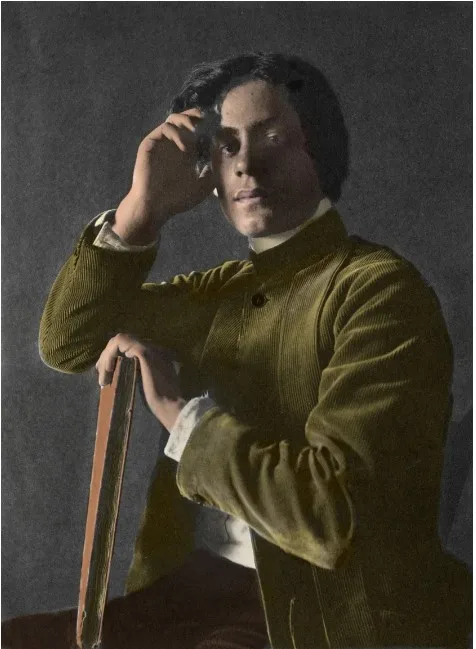
Under Day’s guidance, the young Gibran delved into both painting and writing. His written works, which critiqued Lebanese society and challenged the prevailing treatment of women, brought controversy and excommunication, branding him as a scandalous writer. Nevertheless, Khalil persevered in his artistic pursuits.
Over two decades in the making, Khalil Gibran created a masterpiece titled “The Prophet,” consisting of 26 life lessons imparted by a wise man in the style of Zarathustra. The book touched on profound themes such as good and evil, death, joy, sadness, freedom, work, and, above all, love. One of its famous passages reads: “When love beckons, follow it. Though its ways are hard and steep. And when its wings envelop you, yield to it. Though the sword hidden in its fur may wound you.”
The principles articulated by the venerable voice of Al-Mustapha, the wise old man in “The Prophet,” emphasize self-fulfillment, encouraging individuals to transcend mere existence, dream to shape their future, and find connection with the universe while fostering self-confidence. Gibran cherished the virtue of self-reliance, writing, “He who finds no confidant within himself will die of despair.”
Upon its release in 1923, “The Prophet” achieved unparalleled success, captivating readers worldwide with its timeless wisdom, optimism, and hope through numerous translations. However, despite the triumph of his spiritual guide, Khalil Gibran grappled with inner turmoil and illness, suffering for many years before succumbing to cirrhosis at the relatively young age of 48.
His enduring legacy lives on through his profound writings and inspiring artwork, continuing to touch hearts and minds across generations.
The Grand Hotel
Le Grand Hôtel, originally known as the “Pavillon estate,” has a rich history of changing ownership over the years. It was first owned by Jean Peugros, the parish priest of Bormes, and later passed through the hands of different family members. In 1746, it was acquired by Jean-Martin-Michel des Bolles, a resident of Bormes. Subsequently, Suzanne de l’Enfant, the wife of a Bormes seigneur, became the new owner through a deed of partition.
In 1831, the property changed hands once again, this time being sold to César-Jean-Baptiste Bremond de Léoube. In 1843, it found its way into the possession of Philémon Giraud, a notary. It was during this period that the property underwent a transformation, becoming the family home of Armand Murat, son of jeweler Charles Murat, who recognized its potential due to its picturesque location and pleasant climate.
With a vision of creating a hospitality establishment, Armand Murat named it the “Hôtel du Pavillon,” and it also featured an annex known as the “Pavillon de l’Orangerie.” Over time, the hotel gained popularity, attracting guests with its charming setting.
During the First World War, the hotel played a humanitarian role by accommodating refugees and providing care for convalescing wounded individuals. After the war, it resumed its role as a hotel, continuing to offer its hospitality to visitors and guests.
However, during the Second World War, the hotel’s premises served as a command post for various military units. Following the war’s conclusion, it returned to its original purpose as a part of the Bormes health resort, where guests could enjoy the therapeutic benefits of the area.
Throughout its storied past, Le Grand Hôtel has witnessed numerous changes, from being a private estate to a hotel that provided sanctuary during turbulent times. Its resilient spirit and commitment to hospitality have made it an integral part of Bormes and a cherished destination for visitors seeking comfort and relaxation in its beautiful surroundings.

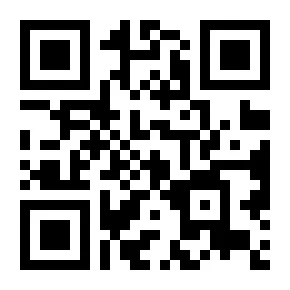
To experience the full splendor of the Chemin des Sages and delve deeper into the fascinating stories that unfold along this path, we invite you to explore the Baludik app.
Scan the QR code and embark on an interactive journey filled with games, surprises, and a deeper connection to the rich heritage of Bormes.


